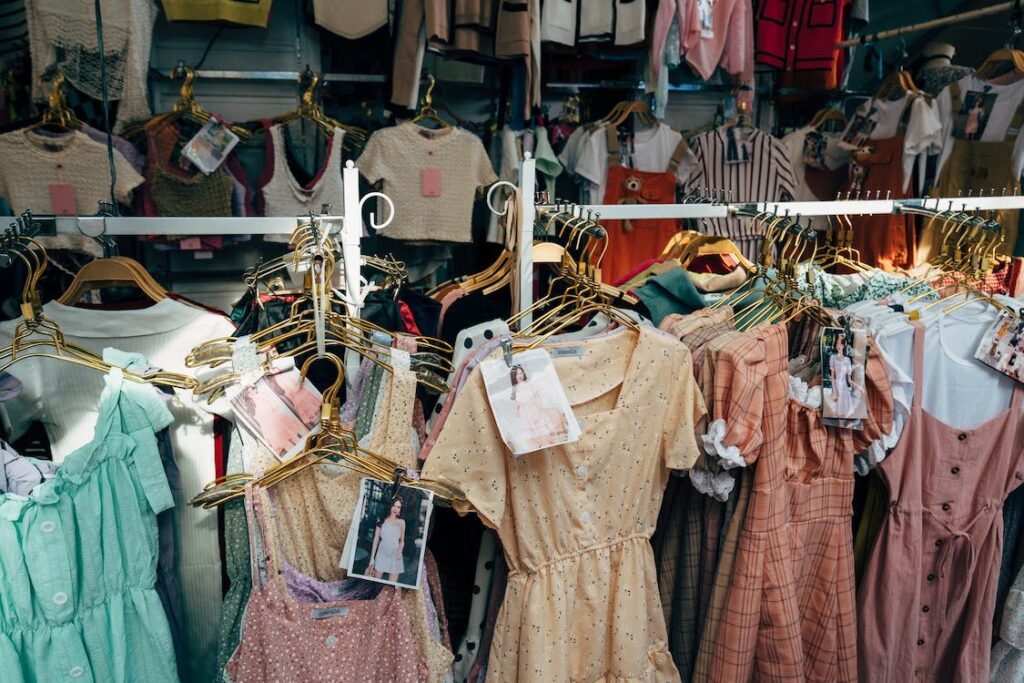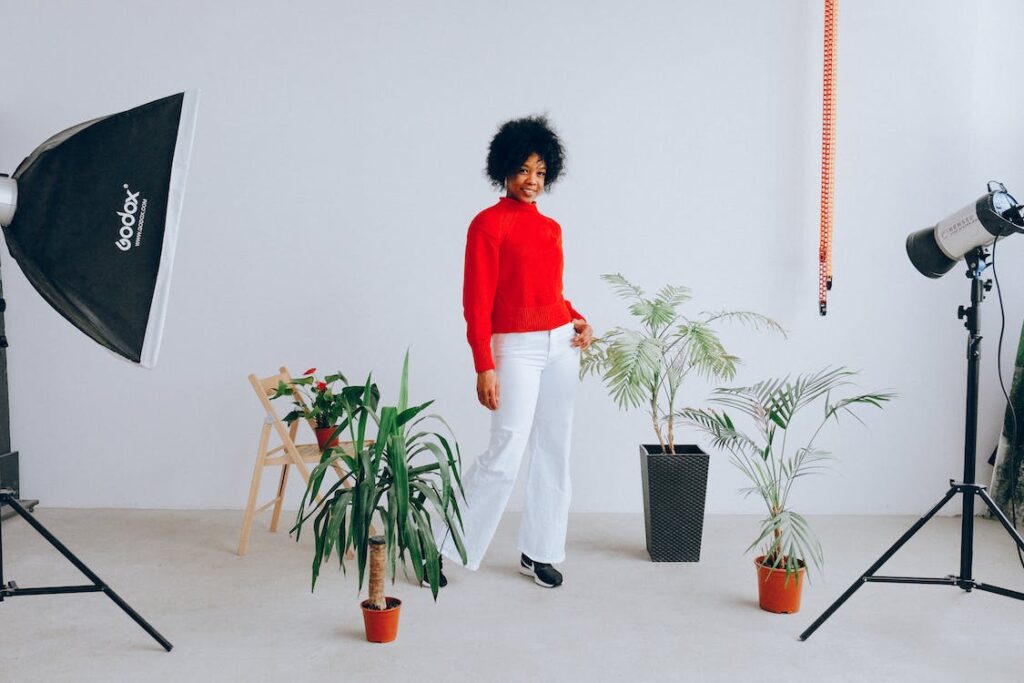The Evolution of Fashion: From Past Trends to Future Styles.Fashion is a part of our daily life, whether we acknowledge it or not. It reflects the way we dress, the way we carry ourselves, and even the way we express ourselves. As time passes by, fashion evolves and transforms to adapt to the changing times and trends. From past trends to future styles, fashion has gone through an exciting journey of evolution that continues to inspire designers and enthusiasts all around the world.
The Evolution Of Fashion

Fashion has always been a reflection of society’s customs, beliefs, and values. In ancient times, clothing was used as a symbol of social status and wealth. The wealthy wore expensive fabrics like silk and cotton while commoners wore simple clothing made from wool or linen.
In mediaeval Europe, clothing became more elaborate with different layers worn for different occasions. Such as church services or royal ceremonies. Women’s dresses were longer with tighter corsets while men’s clothing included doublets with puffed sleeves.
Wearing Crinoline Dresses
The 18th century brought about more changes in fashion with women wearing hoop skirts that accentuated. Their hips while men donned wigs as a symbol of their status in society. The Victorian era saw women wearing crinoline dresses made from heavy fabric while men wore formal suits for every occasion.
The 1920s marked a significant change in fashion as women began to wear shorter hemlines and looser fitting clothes that allowed them more freedom than ever before. This period also saw the rise of iconic figures like Coco Chanel who revolutionised women’s fashion by introducing simpler designs without corsets or petticoats.
As time went on, fashion continued to evolve with each decade bringing new styles that reflected changing attitudes towards gender roles, politics, music trends amongst others.
Modern Trends & Styles
Today’s modern world has brought about radical changes in how people view style & what they wear; breaking down gender boundaries whilst accommodating individuality & personal expressionism.
In the 1960s, the hippie movement influenced fashion with its focus on peace and love. This period saw colourful clothing, bell-bottom pants, and tie-dyed shirts that were popular amongst young people.
The 1980s brought about bold colours and patterns with shoulder pads worn by women to create a more masculine silhouette. The music industry also played a significant role in fashion trends during this time with Madonna leading the way in her unique style of dressing.
Fashion With Neutral Colours

The 1990s marked a shift towards minimalist fashion with neutral colours and simple designs that were popularised by designers like Calvin Klein. This period also saw the rise of street wear as an important trend amongst young people who wanted to express their individuality through their clothing choices.
Today’s fashion is all about personal expressionism & breaking down traditional norms. It’s now common for men to wear skirts & women to don suits without being judged or stigmatised for it. The rise of social media has made it easier than ever before to keep up with current trends whilst simultaneously allowing independent individuals & designers showcase their creations online making them accessible globally.
Tashion Trends For Tomorrow
As society continues to evolve, so too does fashion; what trends will dominate tomorrow’s catwalk remains unknown. But we know from past experience that they will be influenced by changing lifestyles & cultural attitudes.
One thing that seems certain is an emphasis on sustainable materials as sustainability becomes increasingly important in our world today. As consumers become more aware of environmental issues. And ethical concerns surrounding fast-fashion production; there will be a demand for eco-friendly fabrics. Such as organic cotton, hemp or bamboo which are less harmful to both people & planet alike.
Another trend expected is genderless clothing whereby traditional gender boundaries are broken down even further resulting in unisex lines becoming more prevalent across all ages ranges; this has already been implemented across high-end designer brands such as Gucci where men have been seen wearing traditionally female clothing such as skirts.
Technology will also continue to play a role in fashion with the use of 3D printing becoming more prominent. This will allow designers to create unique pieces that are customized for individual body shapes and sizes; reducing waste whilst creating unique & personalized designs for customers.
Conclusion
In conclusion, fashion has come a long way from its origins as a symbol of social status and wealth to becoming an avenue for personal expressionism. The evolution of fashion has brought about significant changes in style over. The years, with each decade bringing new trends. And styles that reflect changing attitudes towards gender roles, politics, music amongst others. As we look towards the future of fashion, it’s clear that sustainability, gender less clothing lines & technological advancements. Will continue to shape what we wear & how we express ourselves.

